#12 - Using MOOCs in your teaching
8 Scenarios
What are the advantages of using MOOCs in teaching?
One of the main advantages of using MOOCs (Massive Open Online Courses) in higher education is saving time: Teachers do not have to create completely new content, but can use content from existing MOOCs that are offered as Open Educational Resources (OER) with Creative Commons licenses.
The time saved can be used for individual student support or to expand on individual topics. For example, by completing a MOOC, all students can be brought up to the same level of knowledge at the beginning of a course.
Additionally, MOOCs make it possible to hear from experts and to add topics to your own teaching in which you are not an expert.
Another advantage is the promotion of self-directed learning: With a MOOC, students can learn at their own pace and according to their needs.

Free and openly licensed MOOCs are available on the platform iMooX.at, hosted by TU Graz.
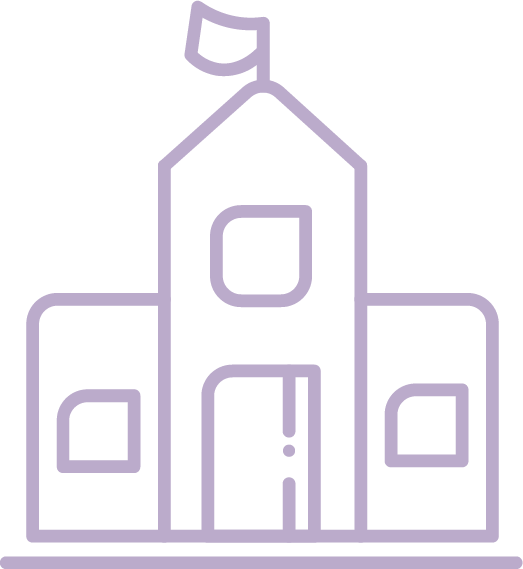
More information about MOOCs on iMooX.at can also be found in the Higher Education category in article #06 iMooX.at
Helpful advice for using MOOCs in teaching
At Graz University of Technology, it is possible to hold virtual lessons or to replace contact hours with a MOOC (with prior approval).

More information can also be found in the Higher Education category in article #03 Virtual Teaching and Online Exams - addendum
iMooX.at can be connected to the learning management system of TU Graz, the TeachCenter. iMooX content can be embedded directly in the TeachCenter via an LTI connection.
The students‘ MOOC grades can be transferred to the TeachCenter. This means that the MOOC can become part of the total course grade, or you can award bonus points for completing a MOOC.
In all the scenarios described, the TeachCenter may be used in parallel to provide additional content and assignments. After completing the MOOC, it is possible to add an exam or test on the MOOC content in every scenario
8 scenarios for using MOOCs in your teaching

A brief overview of the 8 scenarios is also available as a flyer in the TU Graz OER repository.

Type 1: The Conventional MOOC
In a conventional MOOC, “only“ the online course is completed. There are no lessons with attendance. Contact hours are replaced by a MOOC.
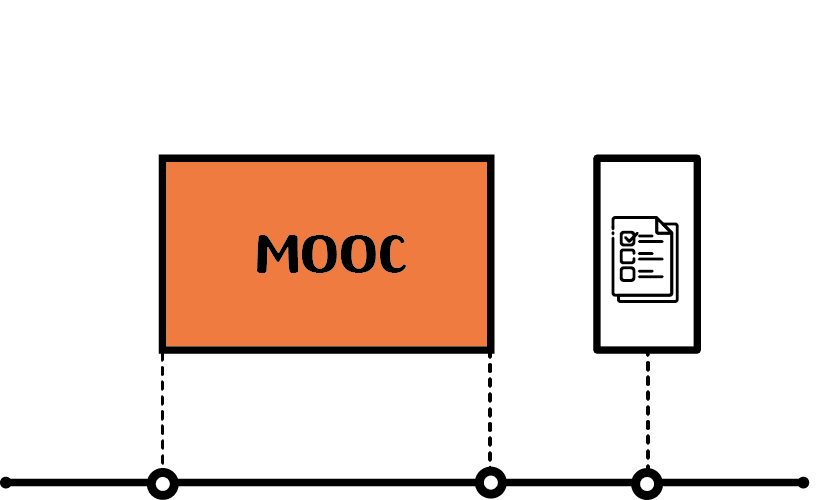

If you are interested in producing your own MOOC from contents of your course, please contact office@imoox.at
You might suggest a MOOC to your students as an addition to your regular course, to be completed on a voluntary basis.
Type 2: The Pre-MOOC
In this scenario, students complete a whole MOOC or parts of one before attending your classes. Completing the MOOC might be a prerequisite for attending the class. In your course, topics from the MOOC can be addressed in more detail.
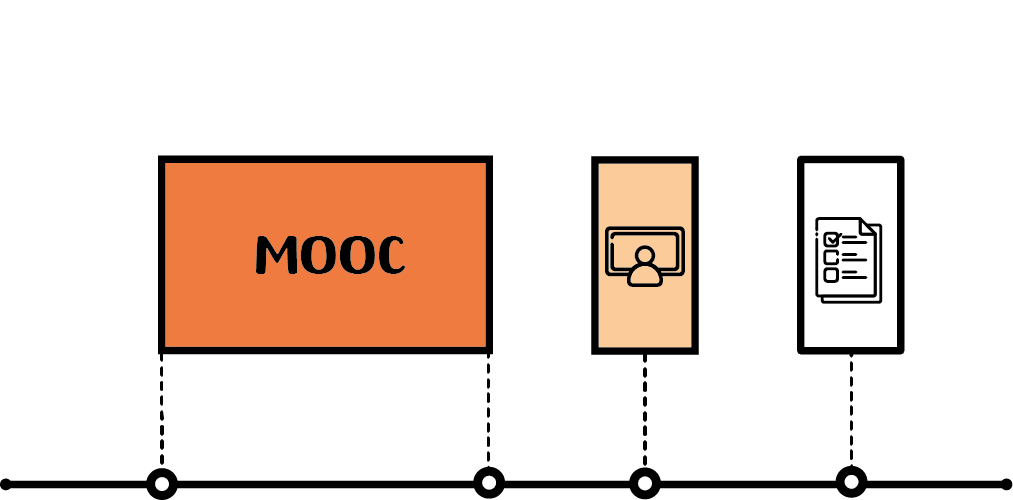
Type 3: The Kick-off MOOC
This scenario starts with a session in attendance (kick-off), after which students complete the MOOC on their own. In the first session, you might talk about necessary organisational rules or previous knowledge, or show how to use the MOOC platform.
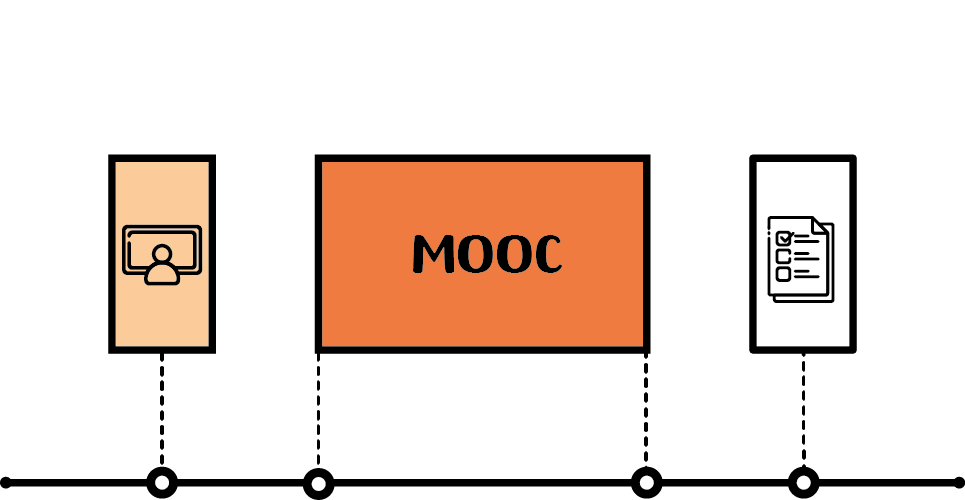
Type 4: The Blended MOOC
In this scenario, MOOC units and sessions with attendance alternate. MOOC units might also replace individual attendance sessions. In contrast to the Flipped MOOC, MOOC units are not only used to prepare for the attendance sessions.
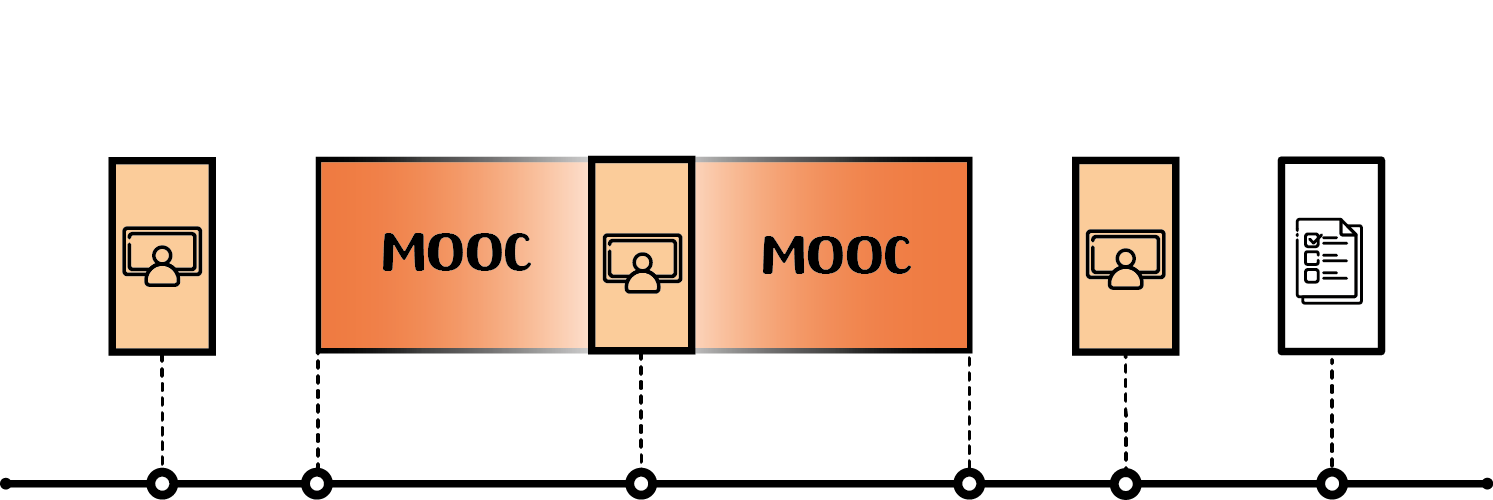
Type 5: The In-Between MOOC
In this scenario, students complete the MOOC independently between an introductory and a final attendance session.
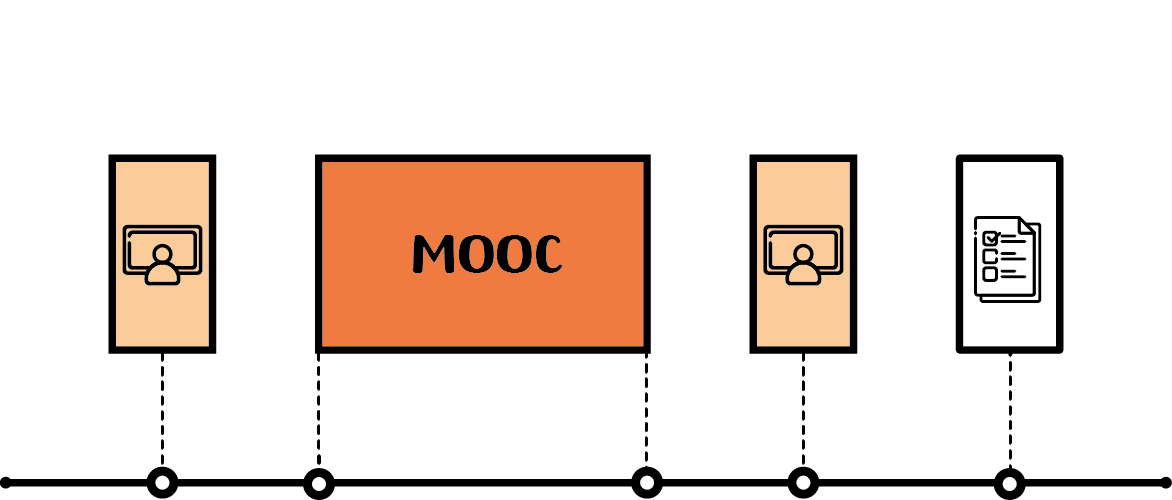
Type 6: The Inverse Blended MOOC
In this scenario, sessions with attendance are replaced by a MOOC. Students form their own study groups to work on the content together.
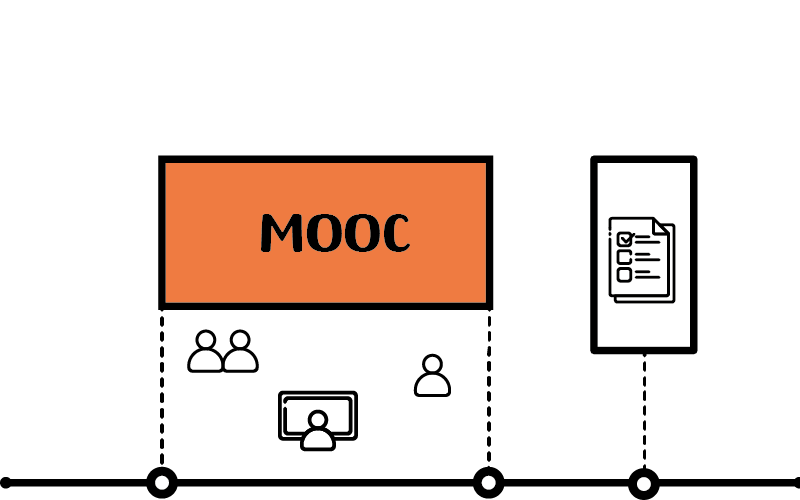
Type 7: The Flipped MOOC
In this scenario, a MOOC is used for “Flipped Classroom“. Flipped Classroom upends the traditional concept of “learning theory in the classroom, applying it at home“.
Each week, students prepare for the upcoming attendance session on their own, using a specific unit from the MOOC. In class, students then apply and expand upon what they have learned.
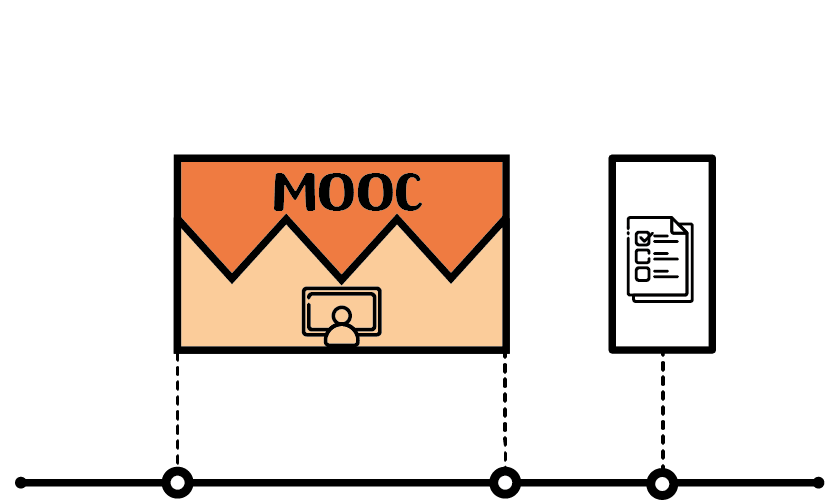
More information can also be found in the Didactics category in article #01 Flipped Classroom
Type 8: The Q&A MOOC
In this scenario, students complete the MOOC on their own and without any attendance sessions before or after. However, during the runtime of the MOOC, Q&A sessions are offered so that the content or tasks can be discussed.
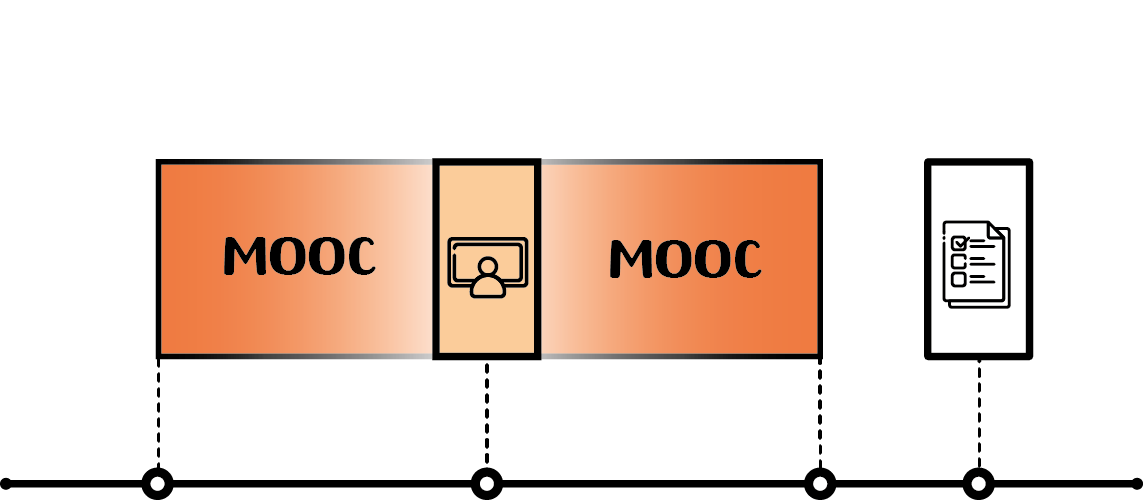

For questions about the 8 MOOC scenarios or the courses offered on iMooX: office@imoox.at
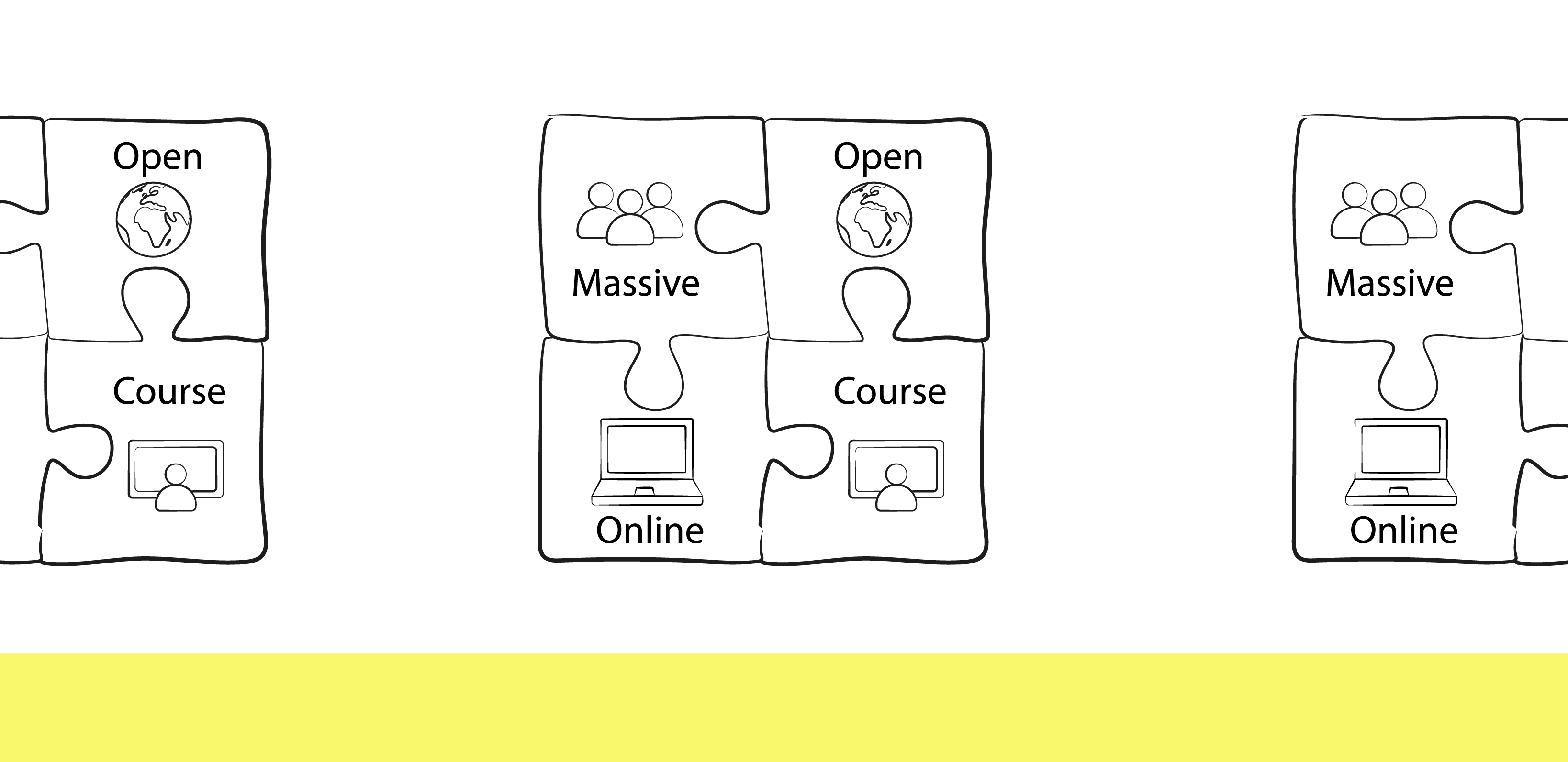
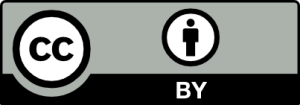 TU Graz Educational Technology
TU Graz Educational Technology